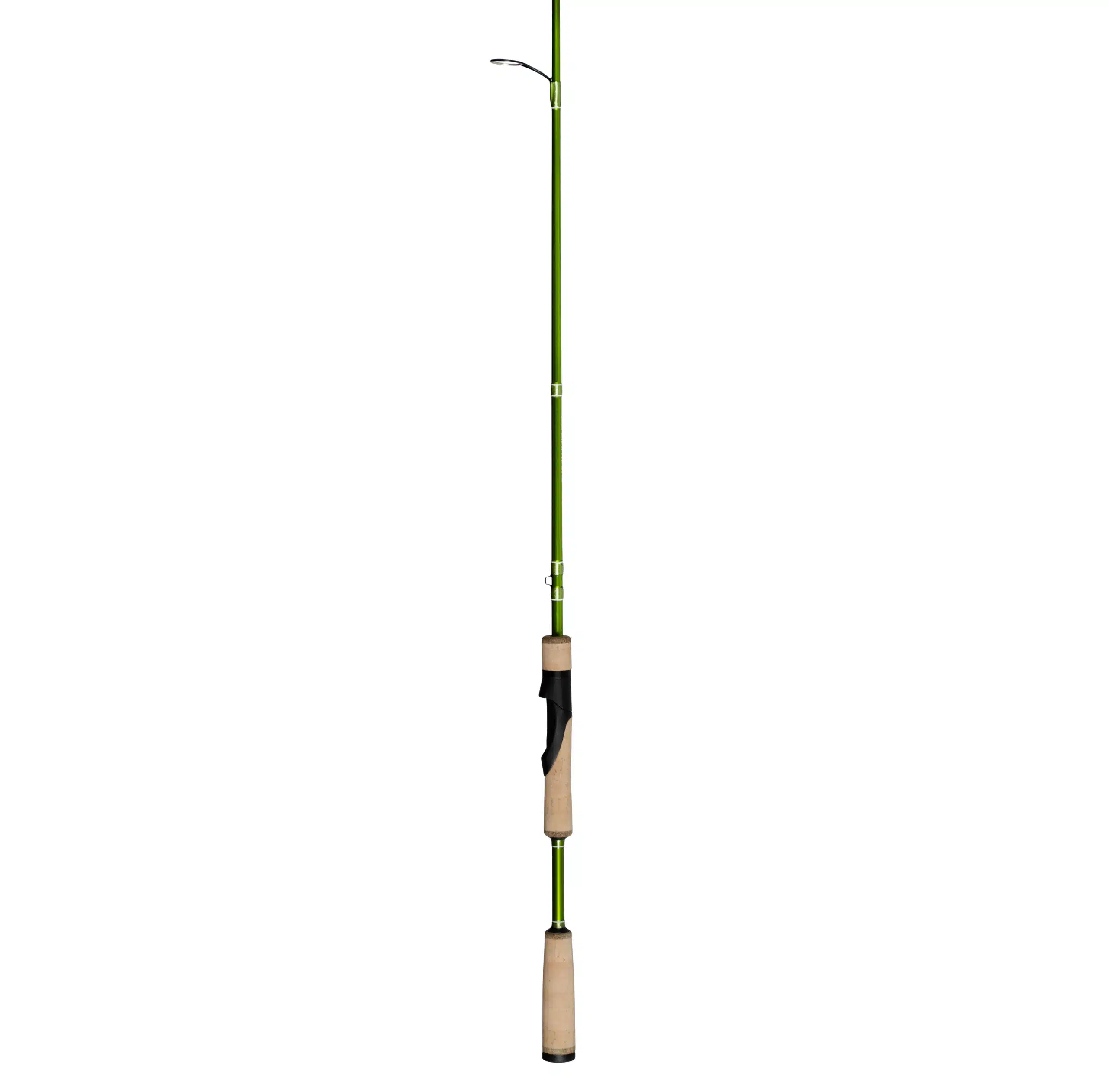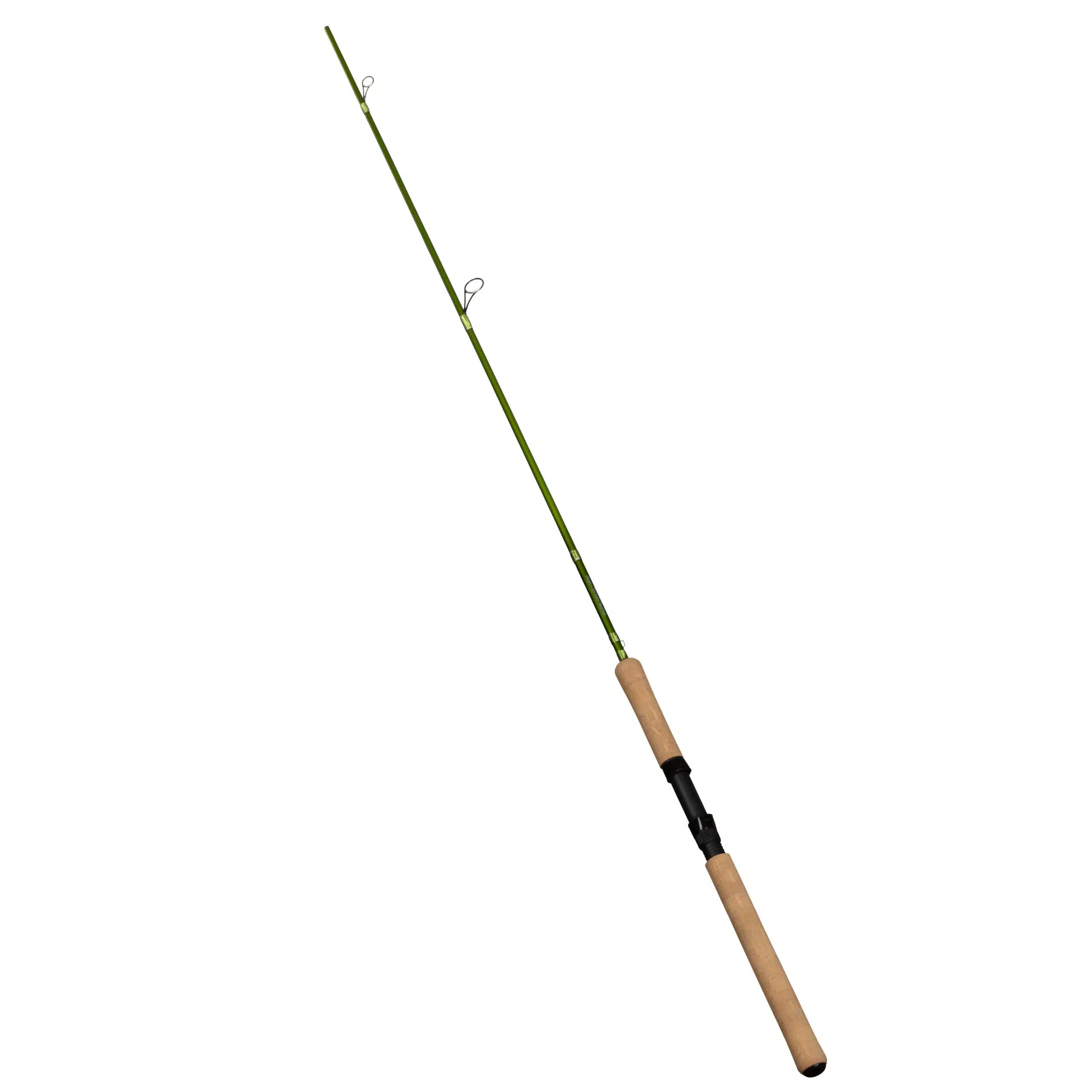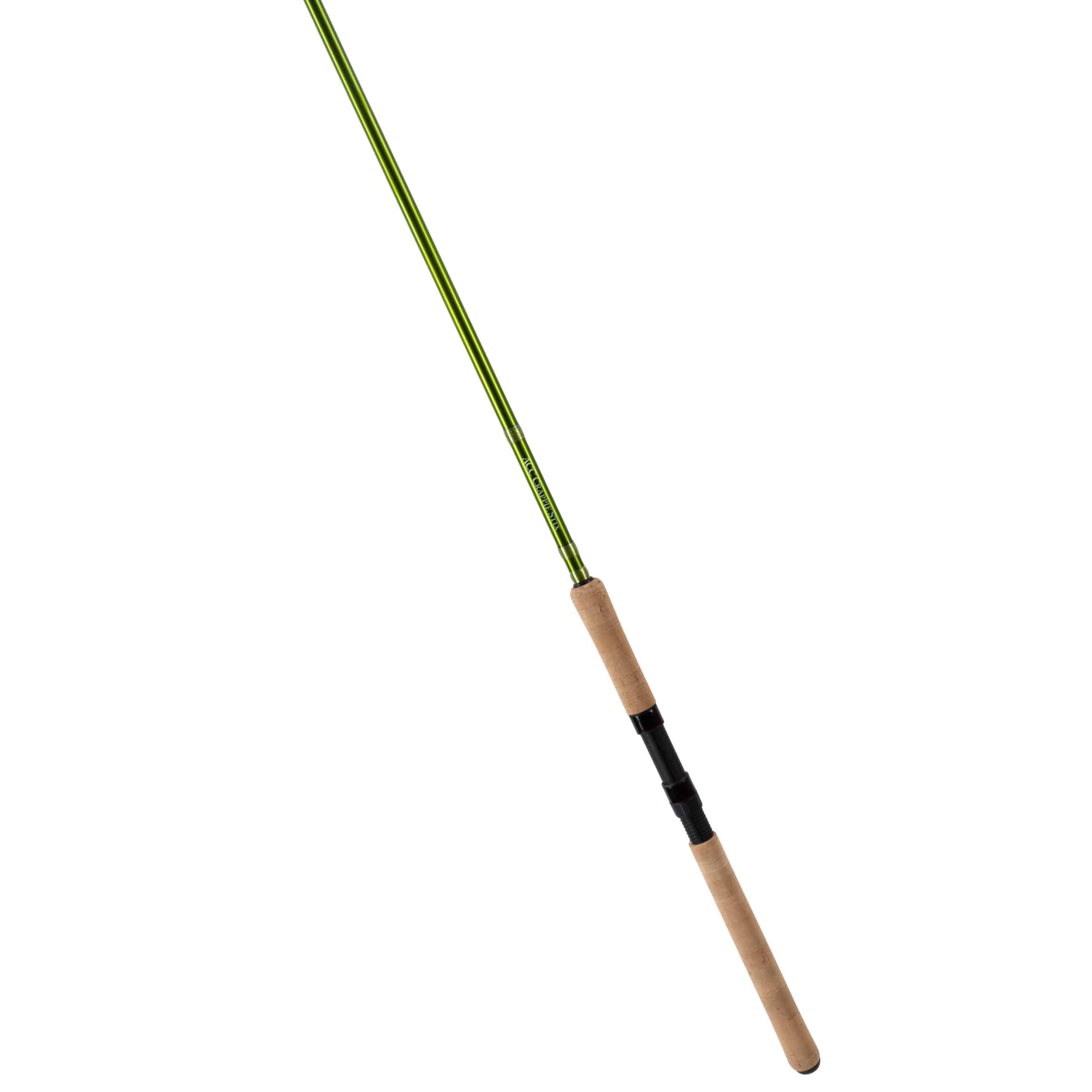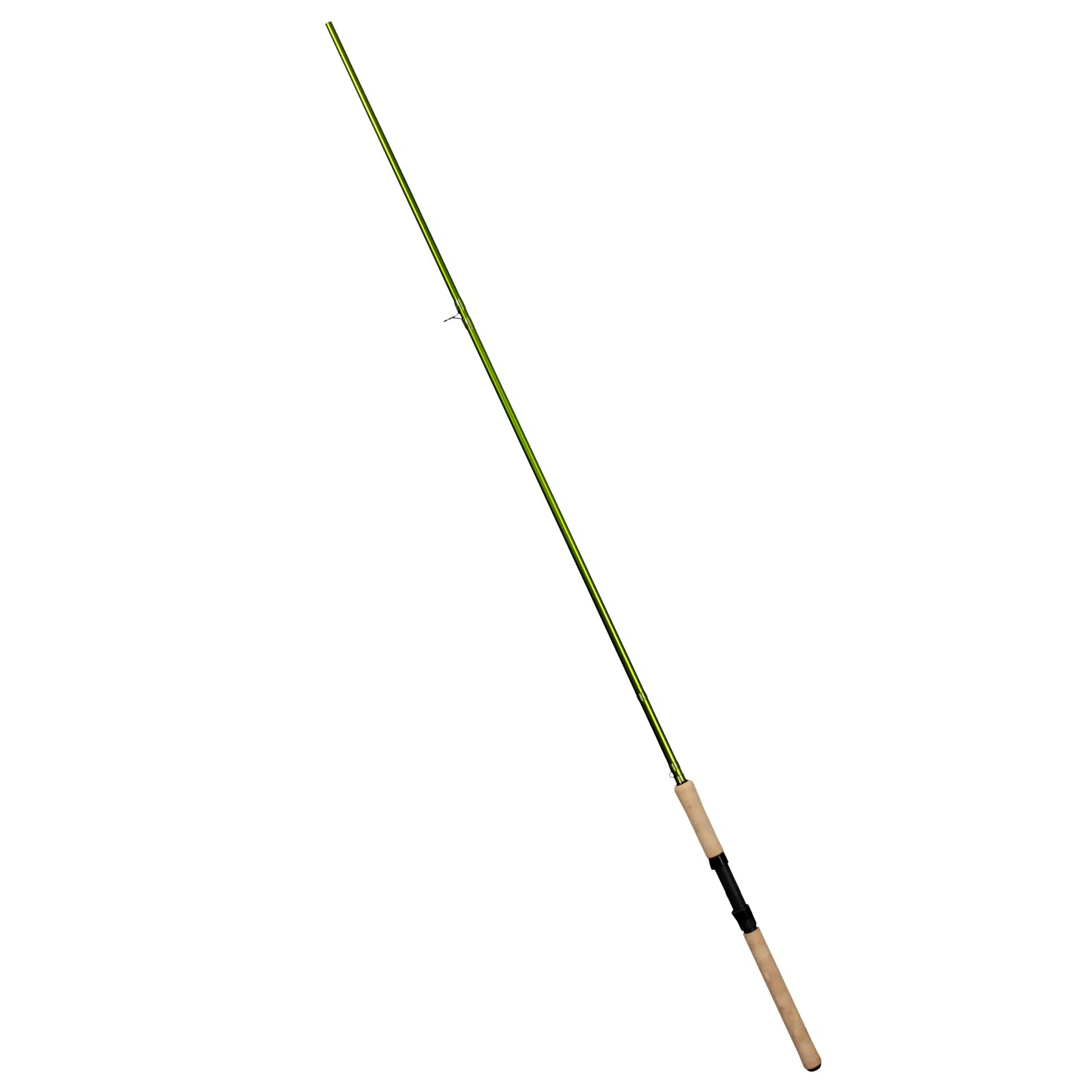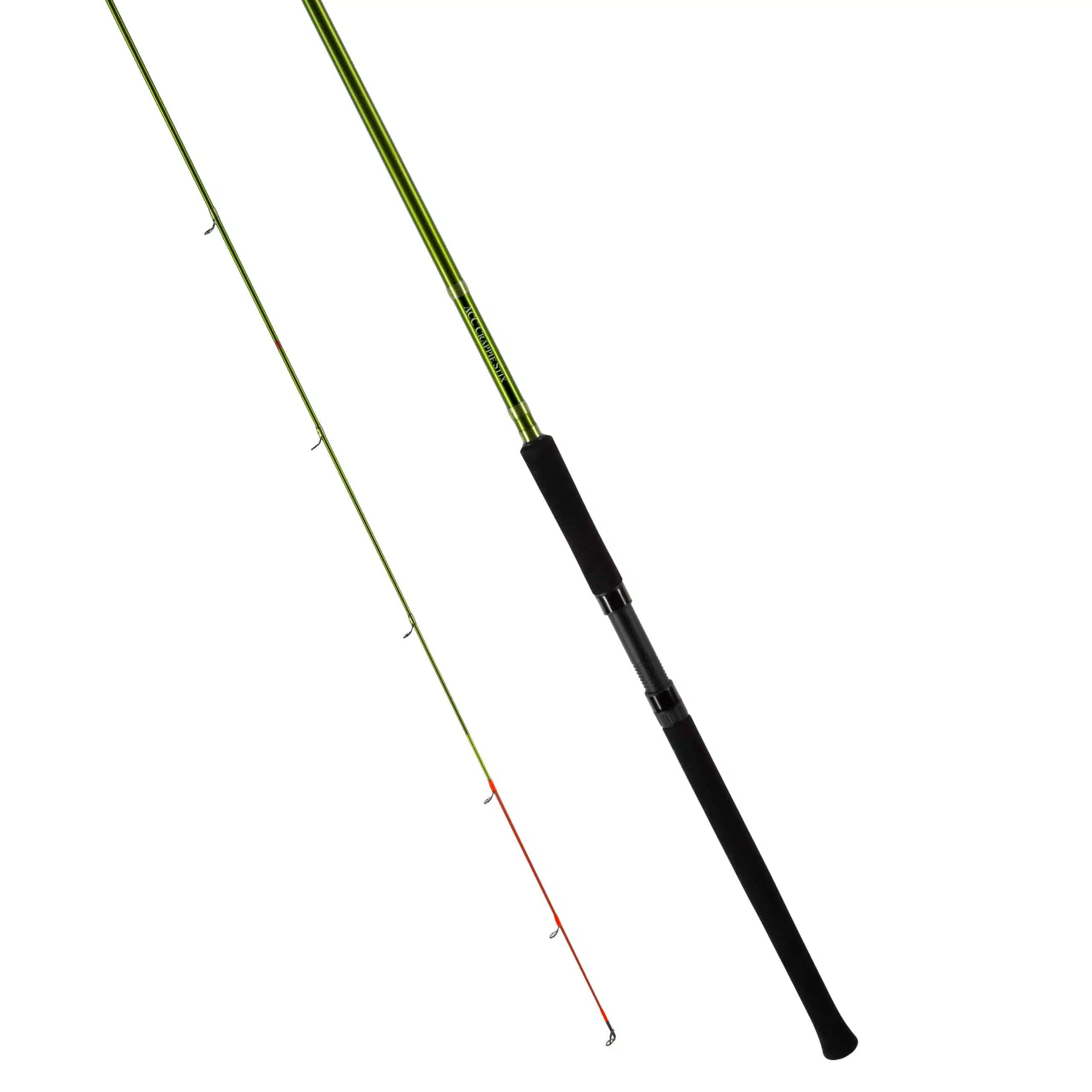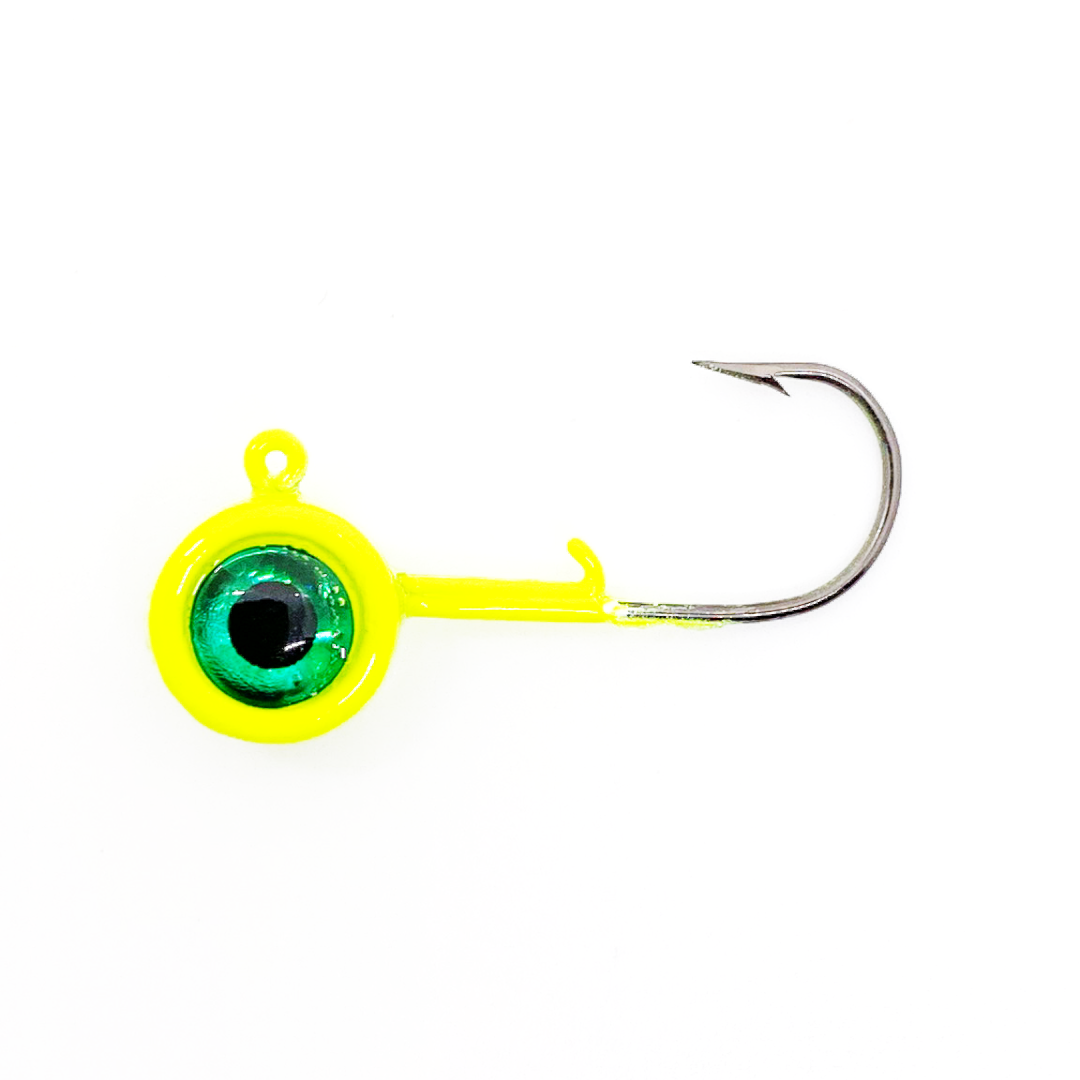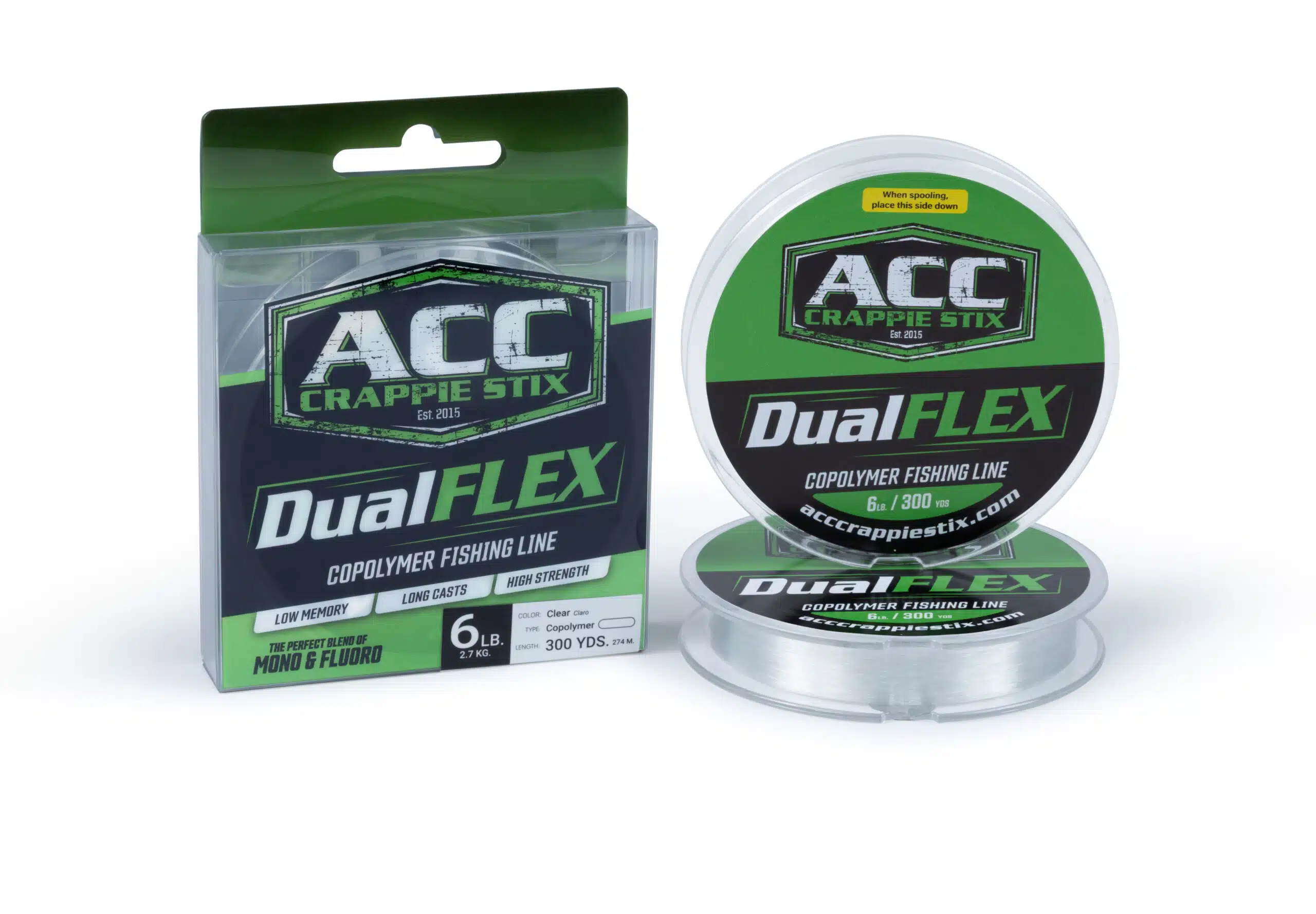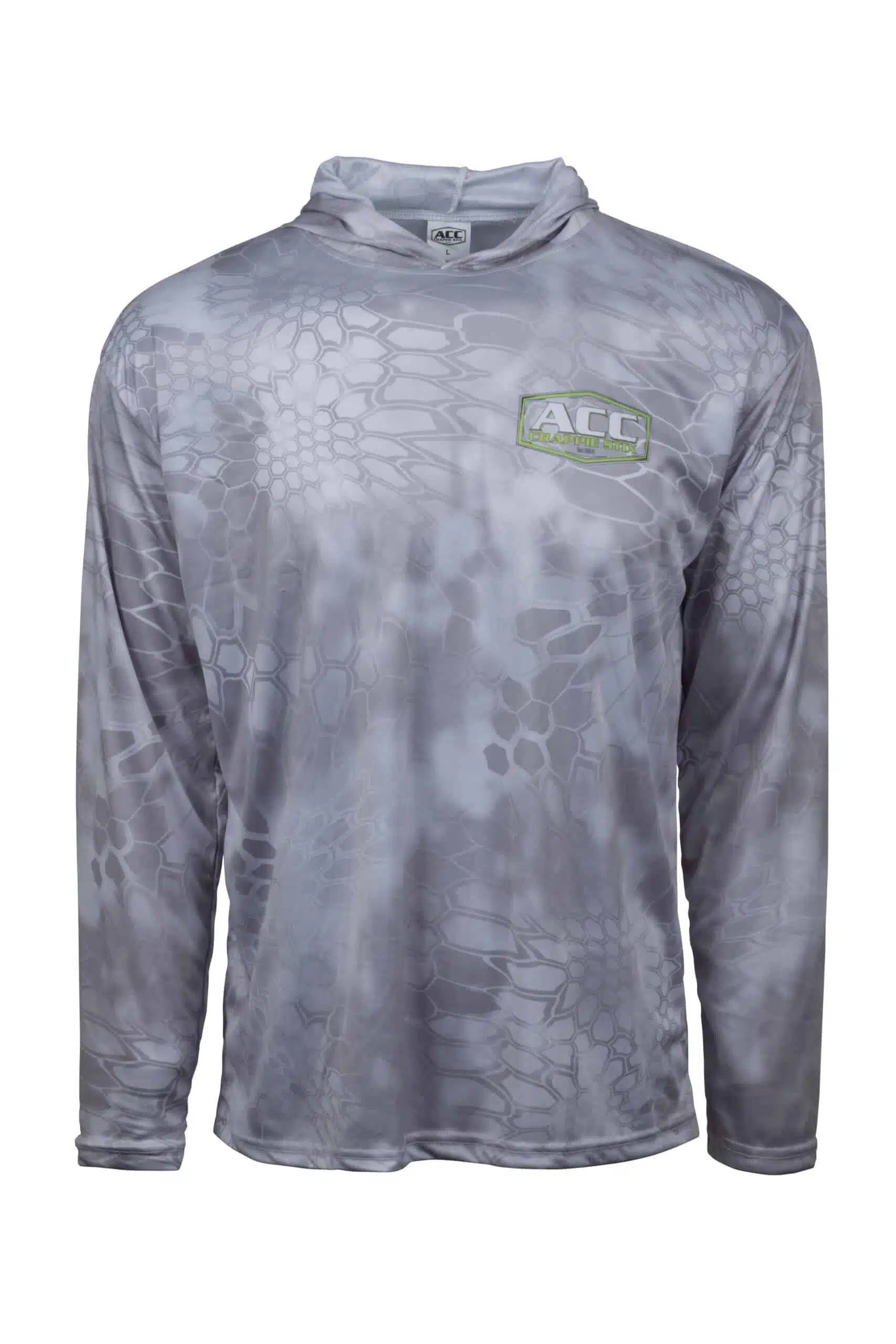A passion for fishing evolves in many different forms
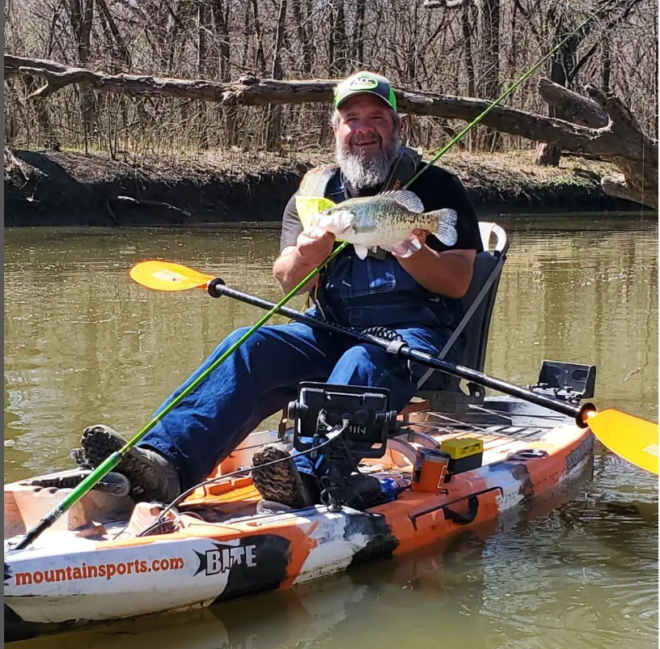
Some target specific species. Others feed their fire in competition. For Texas angler and ACC Crappie Stix pro staffer Jimmy Rea, his passion centers on kayak fishing.
Jimmy has been feeding that passion for about 10 years now after borrowing a kayak from his parents to get closer to the crappie spawn. Through that time period, Jimmy graduated from novice to a seasoned veteran of kayak fishing. In addition to his association with ACC Crappie Stix, Jimmy is also part of the pro staff for Jackson Kayak, which he proudly notes is a made-in-America brand.
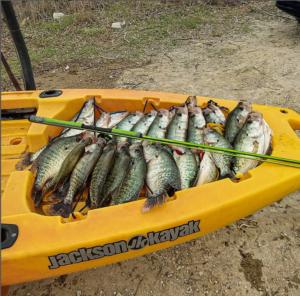
Jimmy got his start at in-the-water fishing with his grandfather. Now, he likes little better than pursuing crappie from his Jackson Kayak Bite model.
“Well, I go back to my childhood and fished in belly boats with my grandfather,” Jimmy said. “We fished mainly under the bridges in belly boats in the summer time because he couldn’t handle the heat.
“About nine or 10 years ago, my mother and father bought a couple of super cheap, sit-inside kayaks. I was wanting to get up into some of the rivers when the crappie spawn was happening, so I said, ‘Let me borrow one of your kayaks.’ I went up in there and loved it.
“I was in a nine-foot kayak and pushing 300 lbs, way over its weight limit. If there had even been a gust of wind that day, I would have probably been in the drink. I got lucky. I decided to start looking for a kayak at that point.”
His sudden interest in kayaking led to Jimmy looking for not just a bigger kayak but also a better quality model. He tried several brands and fished from one fairly well-known model he “drug a hole in the bottom of it.”
“I realized at that point that I was probably better off buying a little better quality kayak and paying a little more for it so that it would last,” he said. “It was definitely something that I wanted to do. I went through several brands looking for something that was stable enough on any kind of water on the cheaper end of the line. That’s what eventually brought me to Jackson.”
The Bite, which costs just over $1,000 from most retailers or digital outlets, is 11½-feet long, measures 35-inches wide, has a 400-lb. limit, and weighs 74 lbs.
“It’s a rock,” Jimmy said. “I don’t ever worry if I’m going to lean over a little too far and go over. It’s definitely not going to flip. It’s more likely that I would fall out of it than anything.”
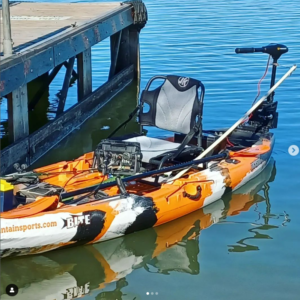
Jimmy said he naturally likes to tinker and has added some special touches to the Bite, mainly replacing the factory seat with a custom one that has taken comfort on the water, one of the major issues with kayak fishing, to another level.
He took a regular Millenium seat and replaced the standing one. Another member of a Facebook kayak fishing group saw the seat and made its use even more manageable.
“I think I have to figure out some way to customize something and make it my own,” Jimmy said. “The stock seat on the Bite is amazingly comfortable, but I had an epiphany and figured out a way to put a custom seat on there.
“One of the guys (on the Facebook group) saw my seat. He’s a welder, makes pontoon boats for a living. He bought a Bite and made a seat base out of aluminum that would mount a boat seat right on it. He made two of them and gave me one of them.”
The conversion made even longer days on the water possible. Otherwise, Jimmy tries to keep his accessories to a minimum, suggesting that too many additions can detract from the day’s fishing. Among the other main additions are electronics – he’s filtered through just about all available brands and settled on Garmin.
While he mentions other companies like YakAttack and YakGear that make quality kayak accessories, he said sometimes simpler is better. For example, he ties his pliers to his boat seat with parachord.
“I’m into simplicity when it comes to my gear,” he said. “I don’t want to have to deal with 500 different things on my kayak. I just want to get out there and fish.”
Fishing from a kayak is a year-round pursuit for Jimmy, who splits his time between the rivers and the main lakes around his hometown of Sanger, TX. He said Lake Ray Roberts is his home lake although he visits other fisheries in the Dallas/Fort Worth area as well.
The majority of Jimmy’s kayak fishing is spent pursuing crappie, which he said is not greatly different from boat fishing in many ways. Other possibilities make kayaking superior at times, especially at a time when gas costs are skyrocketing.
“That’s why I like the Bite so much,” he said. “It’s an all-waters kind of boat. Pick it up and carry it back into the woods a ways to get to your launch spot. That’s one thing that led me to kayaking; you don’t have to buy gas. I can get to places that boats can’t and pretty much launch anywhere on most lakes.”
For Jimmy, summer fishing means targeting standard timber in north Texas. He has adapted his approach to battle the Texas heat, carrying a good supply of cold beverages and a cold rag in a cooler. With the right supplies, he said the heat impacts the fish more than the fisherman.
“Summer fishing on my local lakes in north Texas is fishing standing timber,” he said. “ I don’t typically use a trolling motor. I’ve got one; I just don’t use it much. I tie up to trees and drop down and pull them out, typically anywhere from 12 to 20 feet deep depending on pressure and temperature. Summer time in north Texas is long pole on standing timber.”
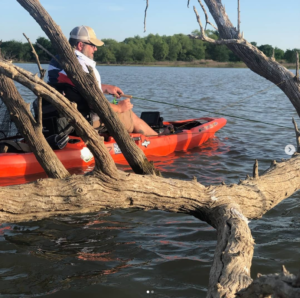
The bite is lighter in the summer, he said. The warmer weather of the summer months “drives them deep and makes them finicky. We call them tinks. That’s what me and my buddies call them. Tinks. If it wasn’t for those super-sensitive ACC rods, I would probably miss ¾ of the bites.”
He said the use of the longer ACC jigging poles are one thing that he never really considered for kayak fishing. Now, he rarely goes on a trip without a 10-, 12-, or 13-foot ACC model. He usually has an ACC 1/16th jig head on the end of the line, including hand ties that he makes himself.
“I never thought I would use a 12- or 13-foot rod on an 11½-foot kayak,” Jimmy said. “I do all the time now. I love it. I use my eight-footer when I have some casting to do, casting and dragging or doing some bobber fishing. Ninety percent of the summer fishing in my area is vertical jigging, and I regularly have a longer ACC Crappie Stix on the boat with me. I usually carry two, an eight-footer (if I think I’m going to be in a situation to cast), and then I will have my jigging pole.”
In addition to his ideas about kayaks and specifics about fishing, Jimmy offered other advice for kayak users just getting into the sport. Here are some of Jimmy’s other thoughts about kayaks and kayak fishing.
Paddling vs. pedaling
“I paddle, he said, adding that he normally fishes a route three to four miles long in an average day. “Next year, I’m going to get a pedal kayak to try it out. I have a bad knee, so I have never thought about pulling the trigger on a pedal kayak. More and more that I talk with people who have bad knees, they tell me it’s great rehab. I’m going to try it. The great thing about the Jackson pedal system is that it completely folds up inside the hull in the kayak, so you don’t have to worry about any drag if you want to fold it up and paddle.”
Choose quality
“A cheap, heavy paddle is going to give you a long day, it’s going to give you sore shoulders, and you’re going to be hating life at the end of the day if you have to paddle a long way or paddle into a heavy wind. I use a Bending Branches Scout model (which runs in the $150.00 neighborhood). Warner also makes a great paddle (including some very expensive ones). Don’t skimp on the paddle and don’t skimp on the PFDs.
“Many people use a regular life jacket to use the pockets on it because they want to have places to stow stuff. I wore one for that reason, but now I wear overalls all the time, so I have plenty of pockets. I wear one of those inflatables. You don’t have to worry about the thick back and the padding.”
Continuing the quality theme
“I think the thing that drives people away from kayak fishing is going to Walmart and buying that little Sun Dolphin, thinking they will be able to go out there on the lake and go anywhere they want. Those 10-foot Sun Dolphins are great for an eight-year-old, not for a full-grown adult. I know that a good, quality kayak is going to cost you about $1,000.00 minimum.
“A lot of people are thinking, ‘I’m going to try it before I buy it.’ Go to one of your local kayak dealers – someone who is a true kayak dealer – and let them take you out. If they are a normal kayak dealer, they are going to have a demo day 2 or 3 times a year. Hit your local Facebook groups, say ‘hey, I want to try a kayak.’ I do it all the time. Most people are usually more than happy to help you out.”
Jimmy is an administrator for Texas Kayak Fisherman on Facebook. He said such groups are great sources of information for all kayakers, including new ones.
In some concluding remarks, Jimmy notes that kayak may not be for everyone but that inferior gear is often the reason that people shy away from kayaking.
“Once you go out and do it on a quality kayak, you’re never going to look back,” he said. “It’s just become such a passion for me, and I’ve seen so many people who have reached out to me to go out on a quality kayak and experience it and be just as hooked as I am.”

